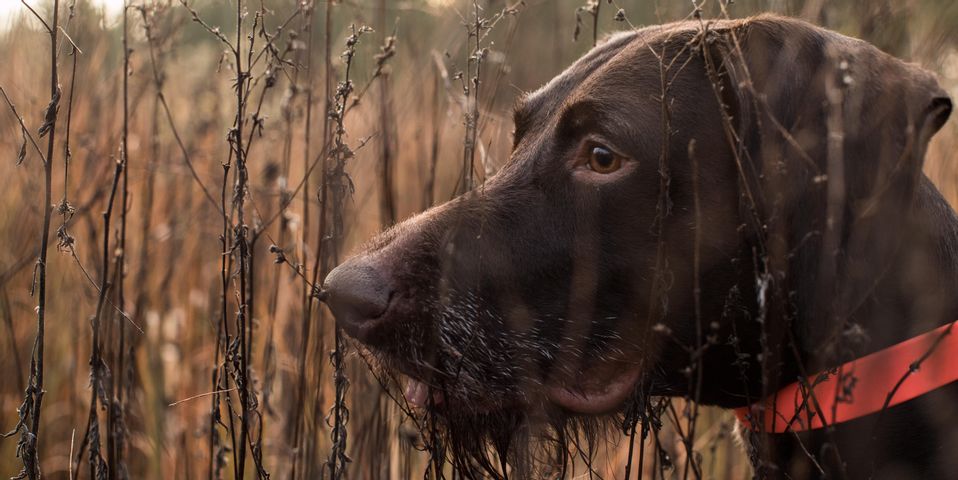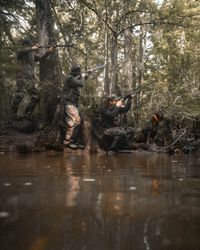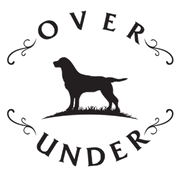
A gun dog needs ample training before they hit the trail with nothing more than their dog collar. Once they've acquired this expertise, your dog's skills and commands require maintenance to keep them sharp from season to season. Here are some common training tips for you to employ with your pup throughout the year.
Retriever Tune-Up Tips
1. Basic Obedience
The foundation of a bird dog's training is always the basics — heel, sit, stay, and steadying. When practicing these commands, it is particularly crucial to apply them to water environments, especially once you're comfortable taking the leash off their dog collar.
Since much of a duck hunt involves time in water of varying depths, it can help a dog understand the application of these commands while swimming. If you want them to heel while in the water, for example, they will need to tread water in place. Practicing beforehand can ensure that they are always by your side when you need them.
2. Handling
 Beyond water skills, handling via hand signals or whistling ensures your retriever is where you need them to be at all times during the hunt. Practice these skills in the controlled environment of a baseball diamond.
Beyond water skills, handling via hand signals or whistling ensures your retriever is where you need them to be at all times during the hunt. Practice these skills in the controlled environment of a baseball diamond.
Place your dog on the pitching mound facing you at home plate, and issue commands right (towards third base), left (towards first base), or back (towards second base) in search of bumpers you've hidden or thrown. This practice can help ensure that your dog retrieves the right game during the hunt.
3. Honoring
If you're hunting with friends (and their dogs), teaching your pup to honor a dog on point is an essential skill. Honoring means that other dogs in the hunting group recognize and respect the dog whose job is to retrieve the game. If your dog steals point, you'll not only have disgruntled hunting partners, but it can cause the dog on point to lash out at your retriever in frustration.
Training this command requires teaching your dog impulse control, namely through the command of steady to wing, shot, and fall. This call tells a dog to wait for your signal to retrieve, even after the bird falls to the ground. Practice it during fetch with your retriever, having them hold off on getting the object until you give them the command to retrieve it.
4. Lining
Ideally, your retriever would beeline to their mark without much deviation. However, dogs will often take a more complicated path to avoid obstacles or follow the wind. To avoid more handling than necessary on the hunt, train your pup to hold lines as much as possible.
Acquiring this skill requires incorporating a straight line into their training. A fence or even a building can do the trick as long as it's a long, flat vertical structure that acts as a straight edge for the dog's path. Throw a bumper parallel to the fence or building, which will ideally guide the dog to run a straight line parallel to the object.
Whether you're looking for new dog collars for your best bud or you need new gear for the hunt, Over Under Clothing is your go-to spot for all your hunting apparel needs. From outerwear to flannel, dog accessories, and more, we have you covered for staying warm all year long. For more information and to view our selection, visit our website or call (904) 619-0577 today.
About the Business
Have a question? Ask the experts!
Send your question

